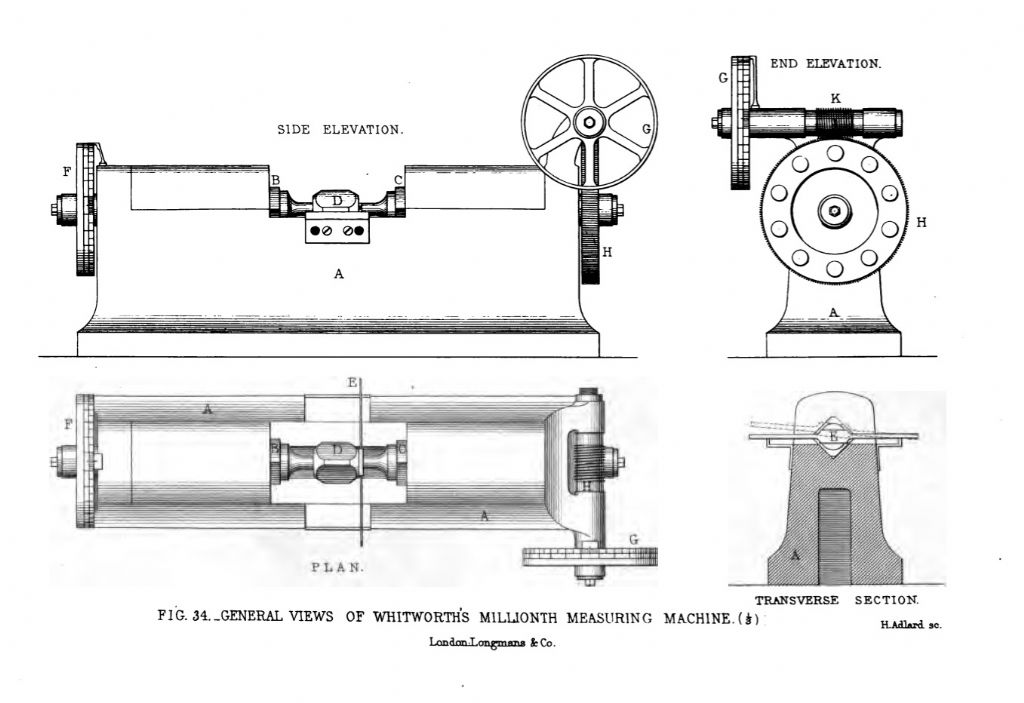The link between railways and the widths of 'osses' botts is probably just legend though Standard Gauge is certainly an odd value. Really though any system of measurement is arbitrary.
The French tried to be clever by basing the Metre on a fraction of the Earth's circumference as well as they could measure it at the time; but really it's as artificial as the Yard only about 3 inches shorter.
They invented the Metric System though to end their own country's chaotic jumble of regional and trade units, far worse than the sometimes-ridiculed Imperial system.
I don't think plate tectonics in a mere two or three hundred years would have modified the overland survey to determine the Metre. The NW European Continental Plate is drifting NE at about 25mm/y (mean speed) but despite slow crustal subsidence of the Straits of Dover region and the much slower closing of the Mediterranean Sea, I don't think it would have warping between Dunkirk and Barcelona enough to have affected the work. Measurement errors would be far more important.
I believe it has though moved the Greenwich Meridian marker-line away from the 0º noon!
I do wonder why they didn't use the Nautical Mile as the Km though, as that is circumferentially based – apart of course from being used by the Old Enemy!
SI still uses the Metric System for its basic, everyday units but then tries to be too clever in turn, inventing things that are ever so neat arithmetically but not a deal of use outside the physics laboratory. Then muddles it further by naming compound units like the Newton and Pascal after famous scientists, to shorten the text but baffle dimensional analysis.
You need a lot of Pascals in even a Roundhouse model loco boiler, or your car tyres! Daft thing is, the ISO make the Pascal far too small for engineering but Nature makes if far too big for acoustics: sound counts in µPa – millionths of 'em! Then logarithmifies a multiple of the count, to make deciBels.
S K.






